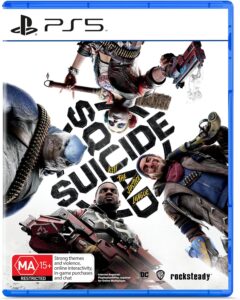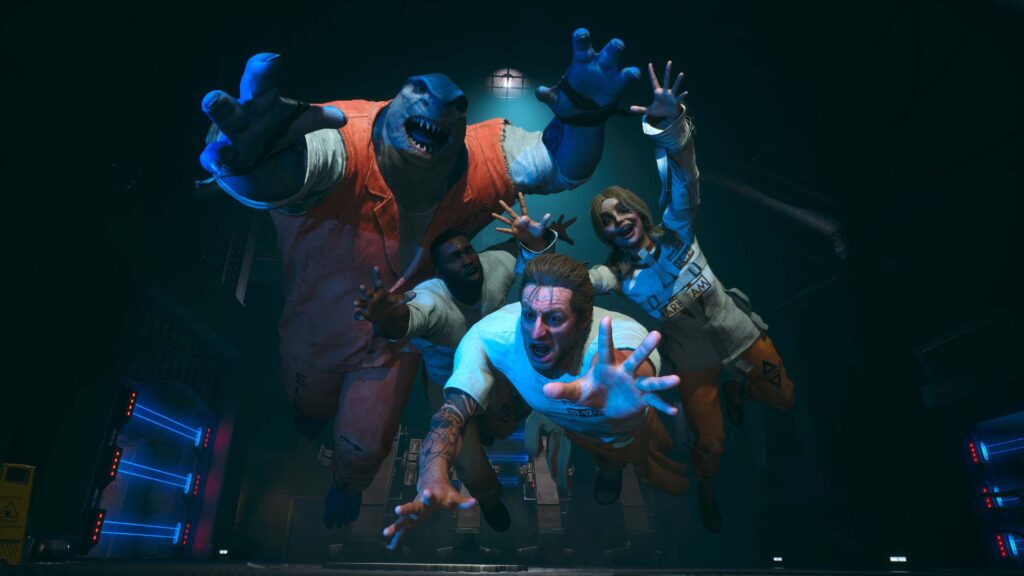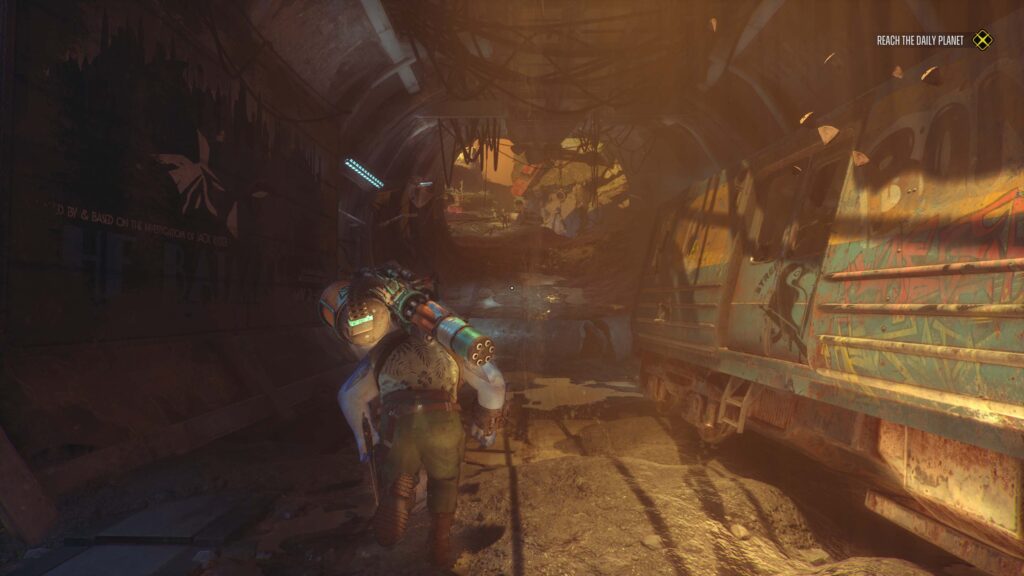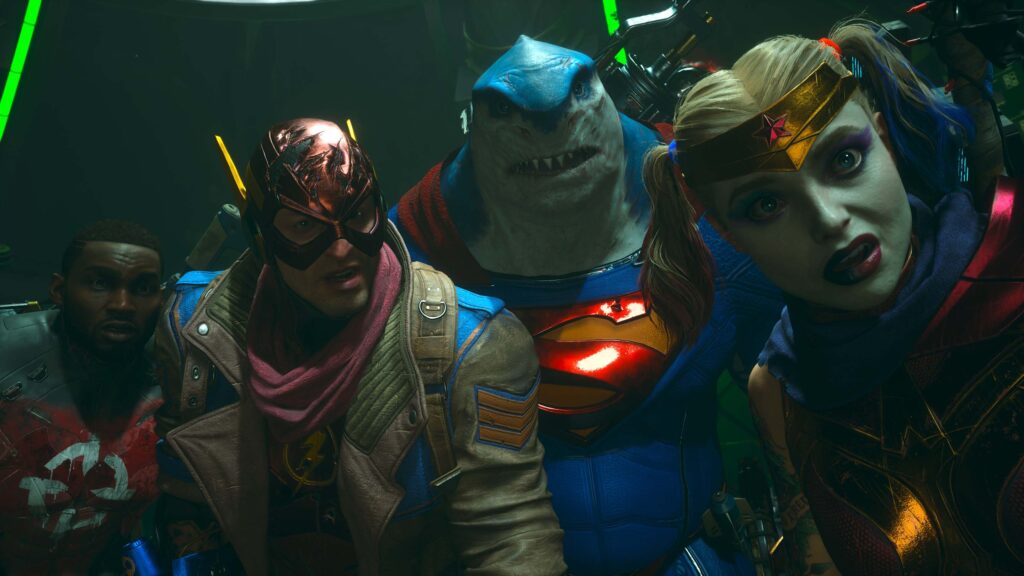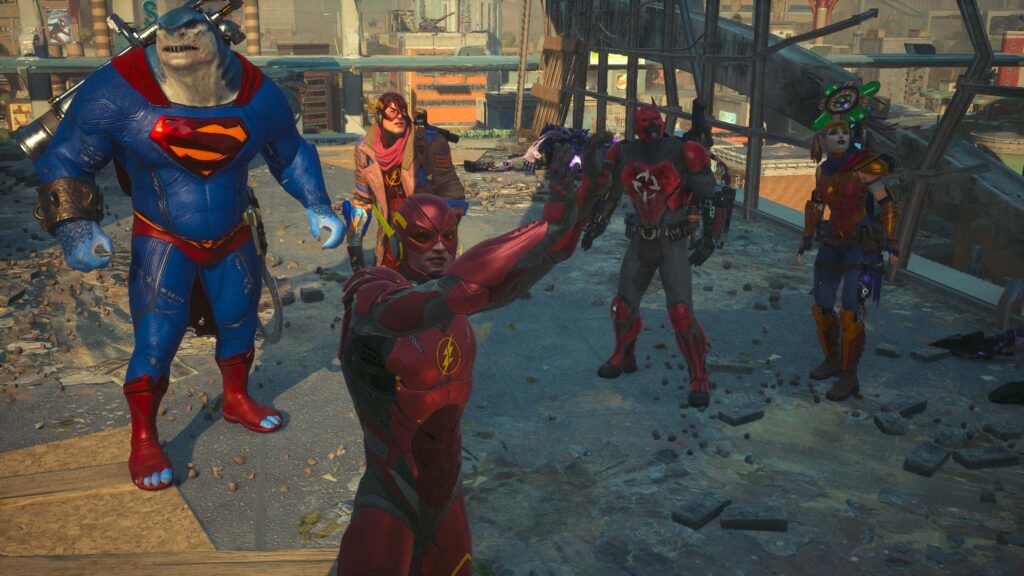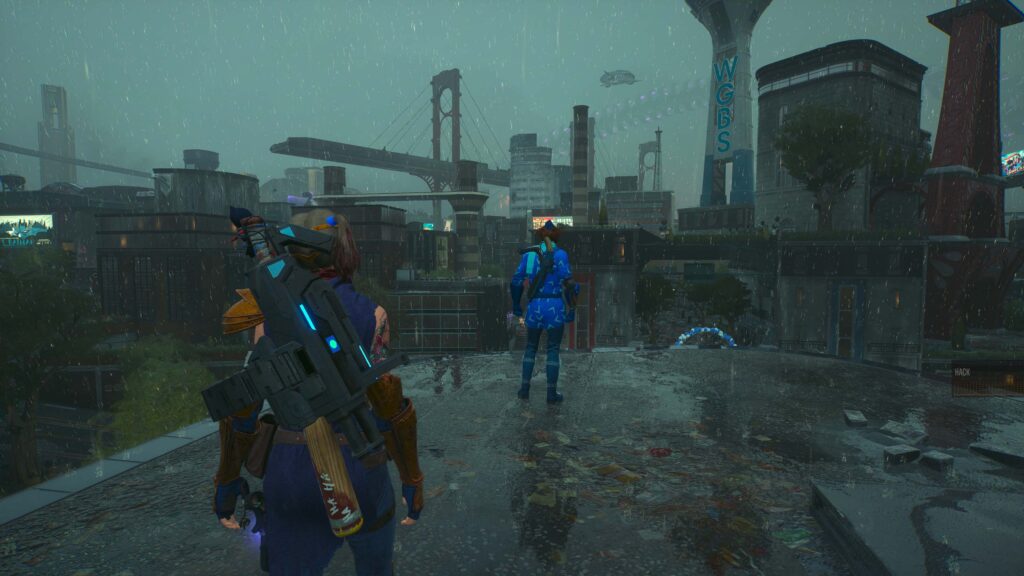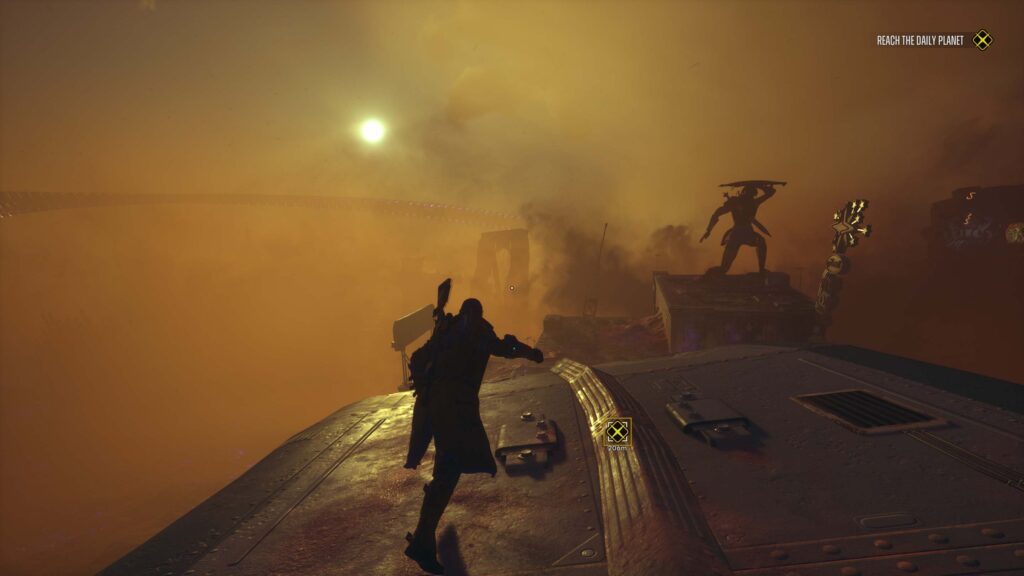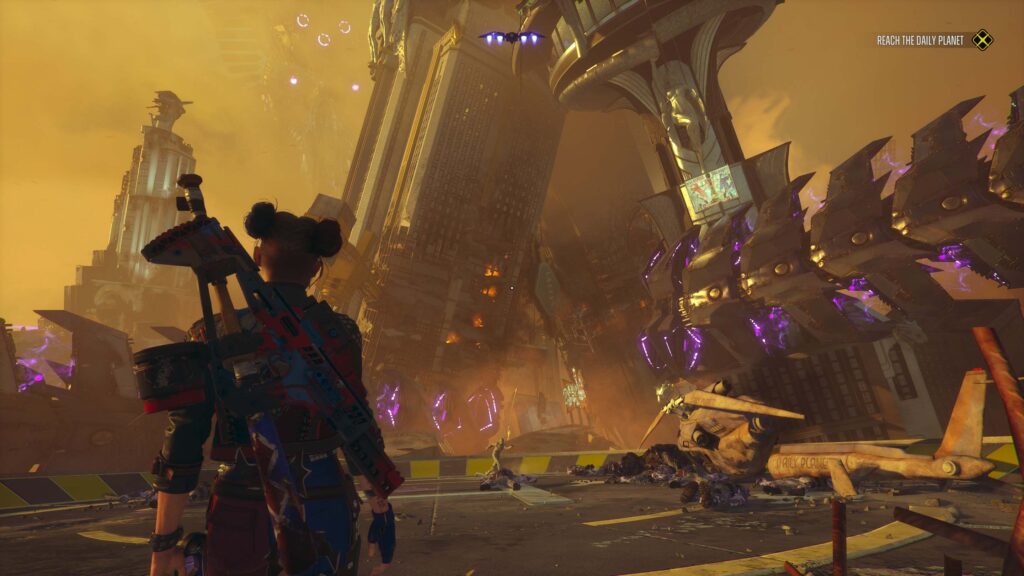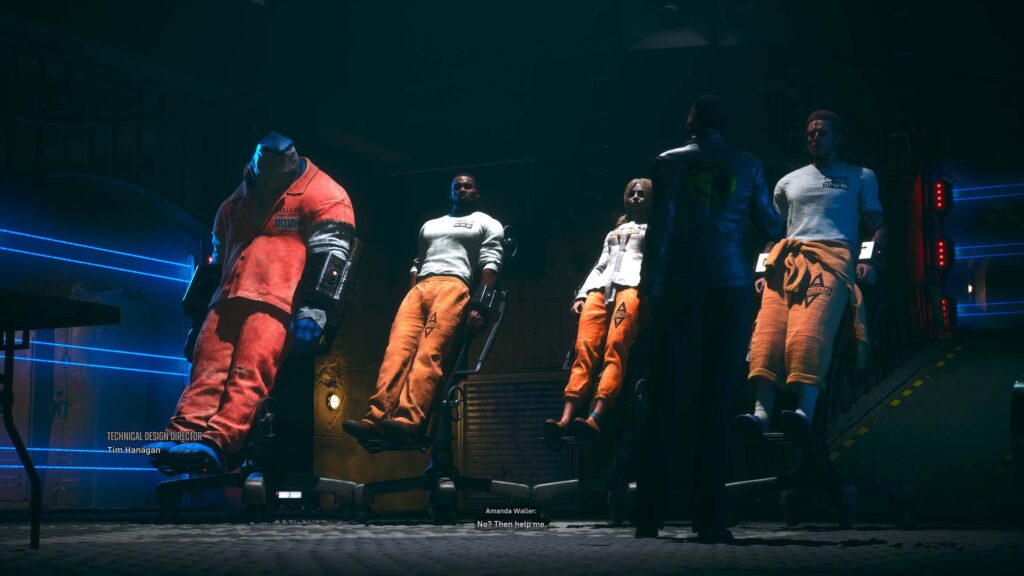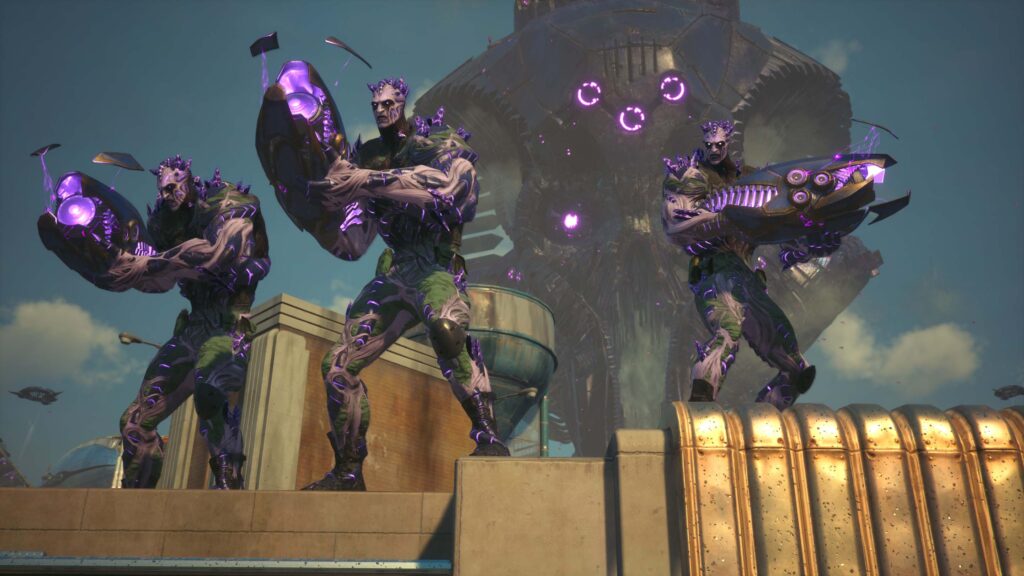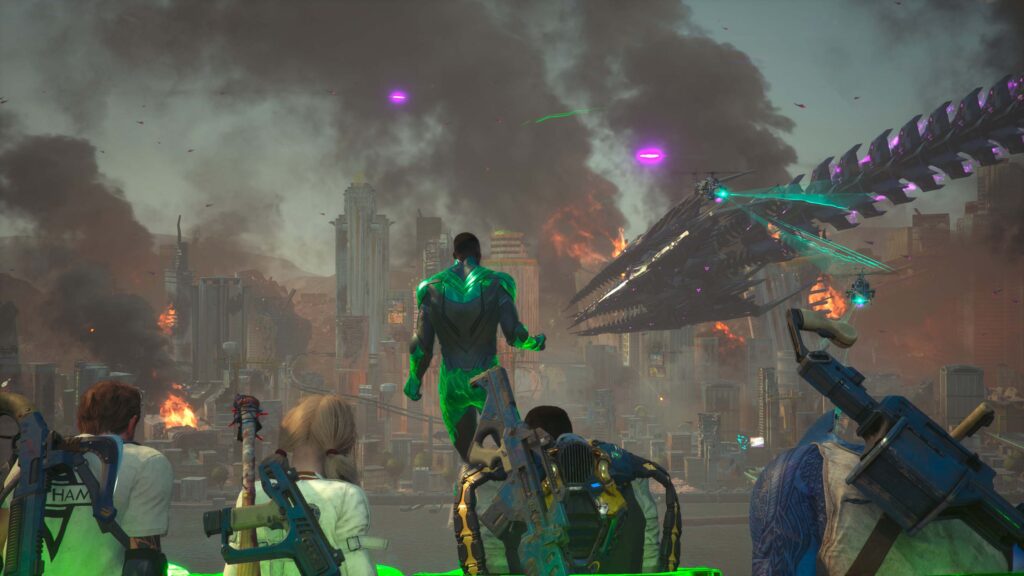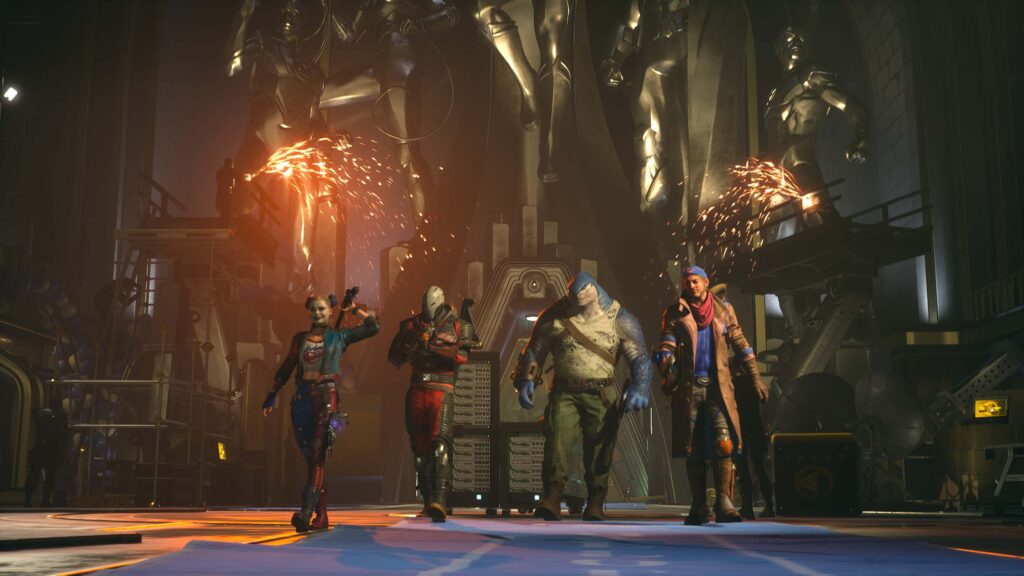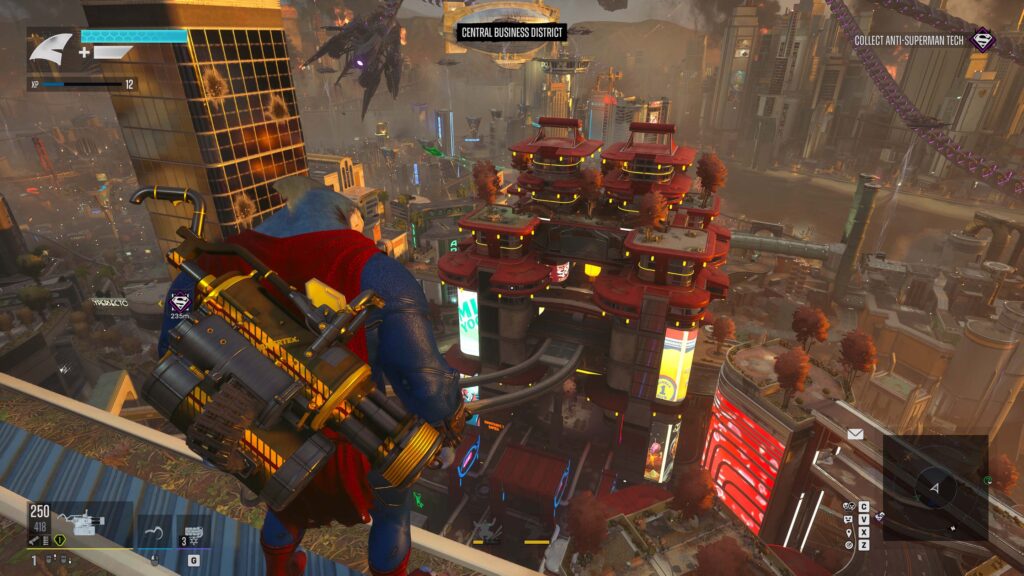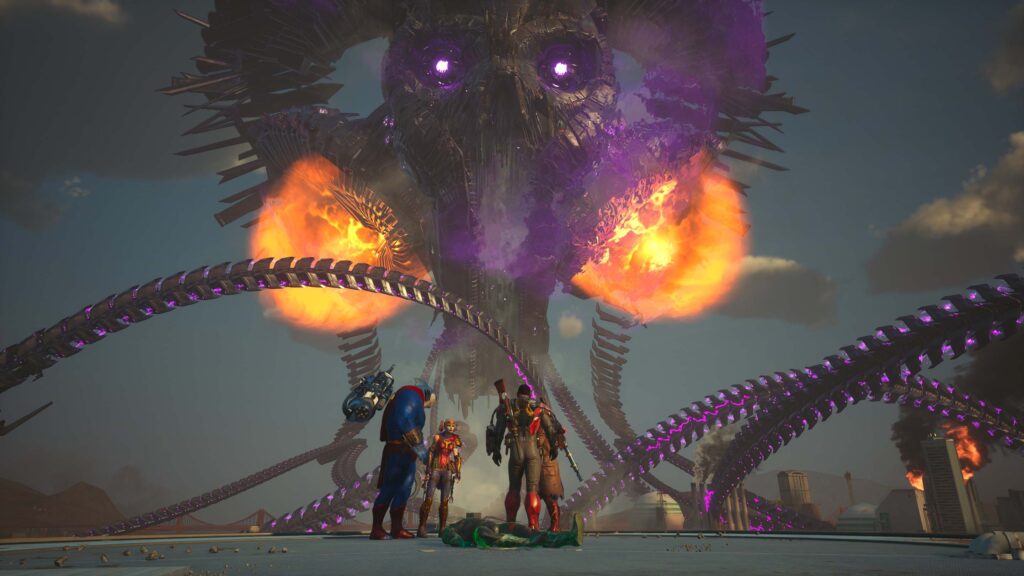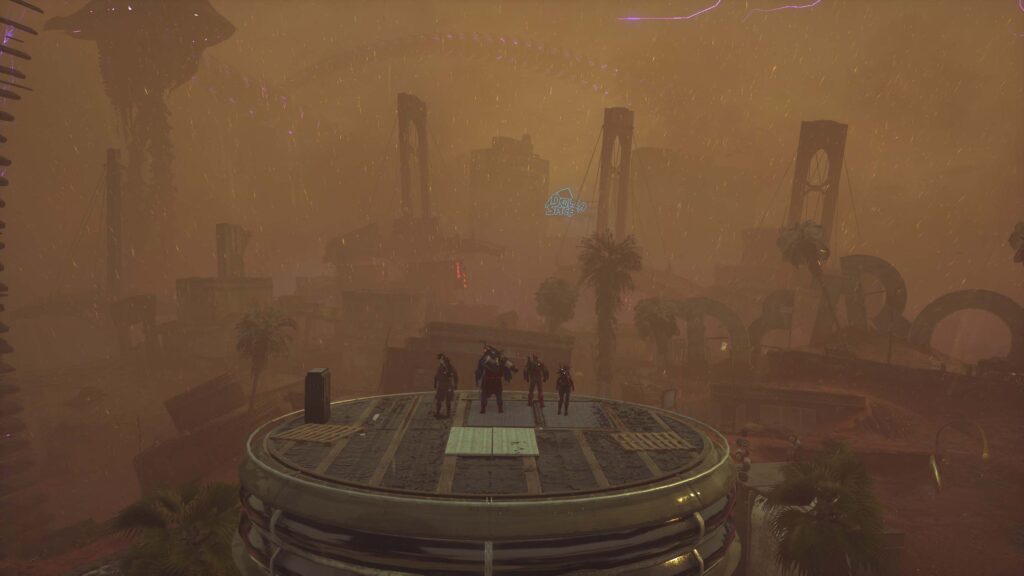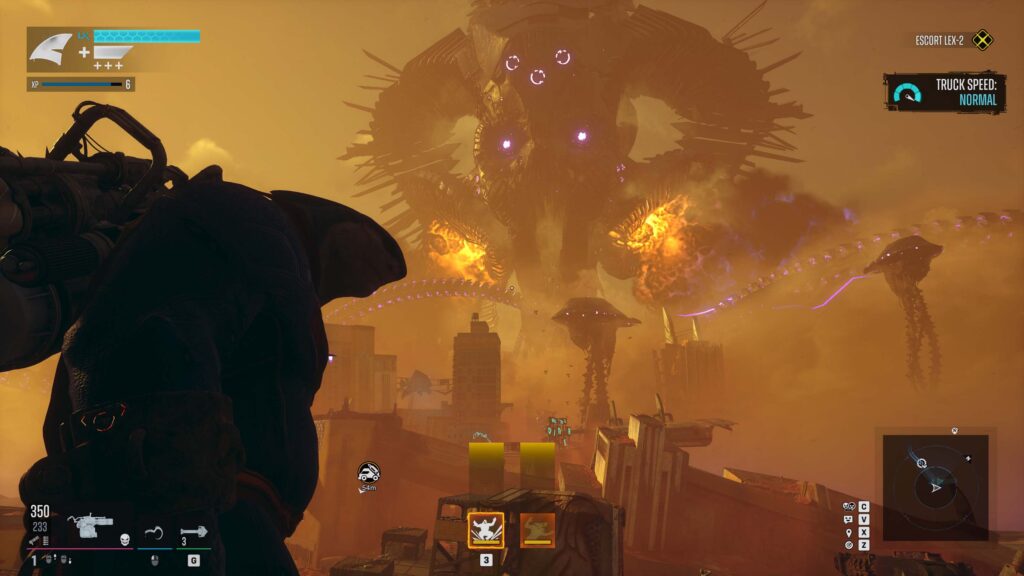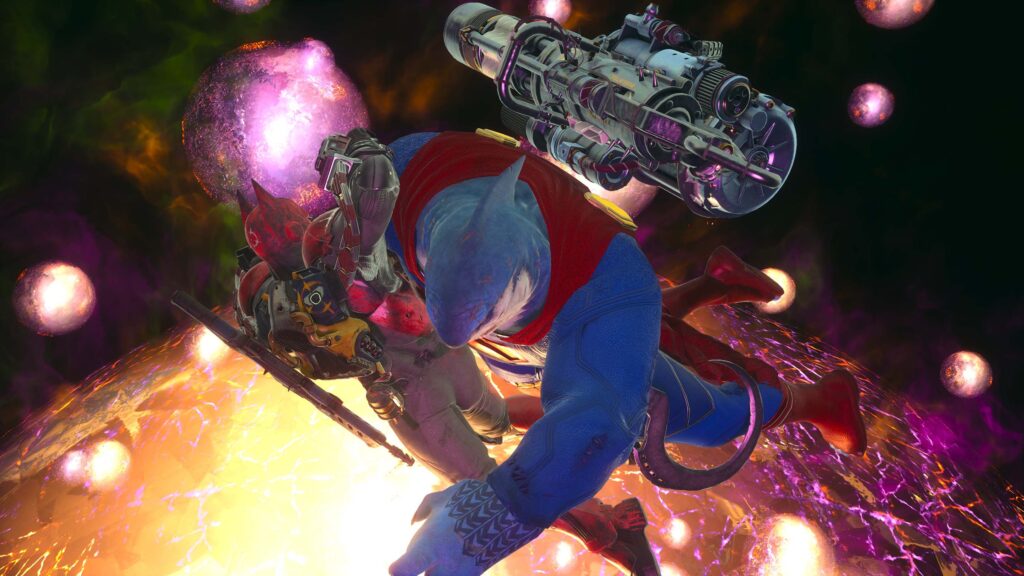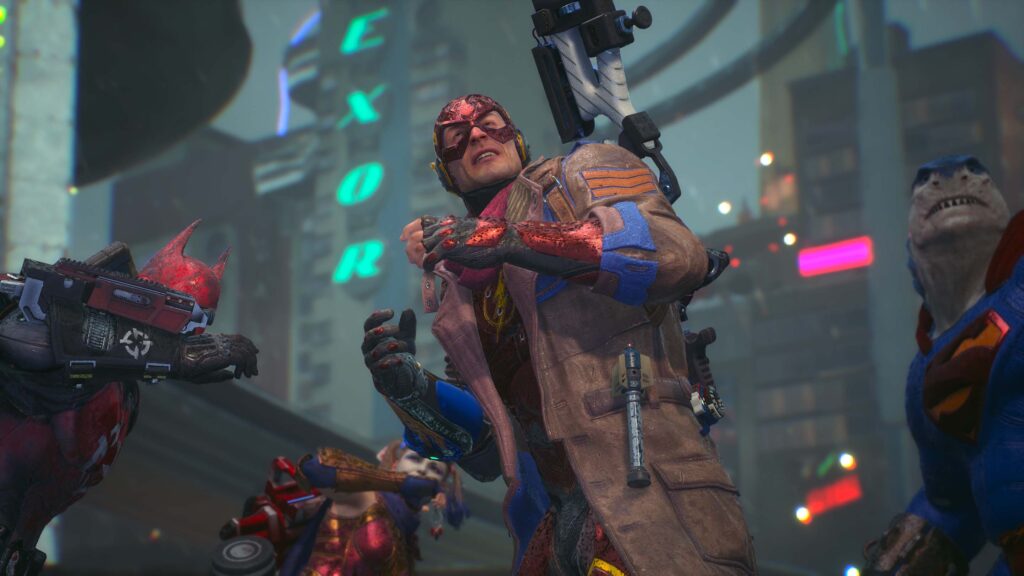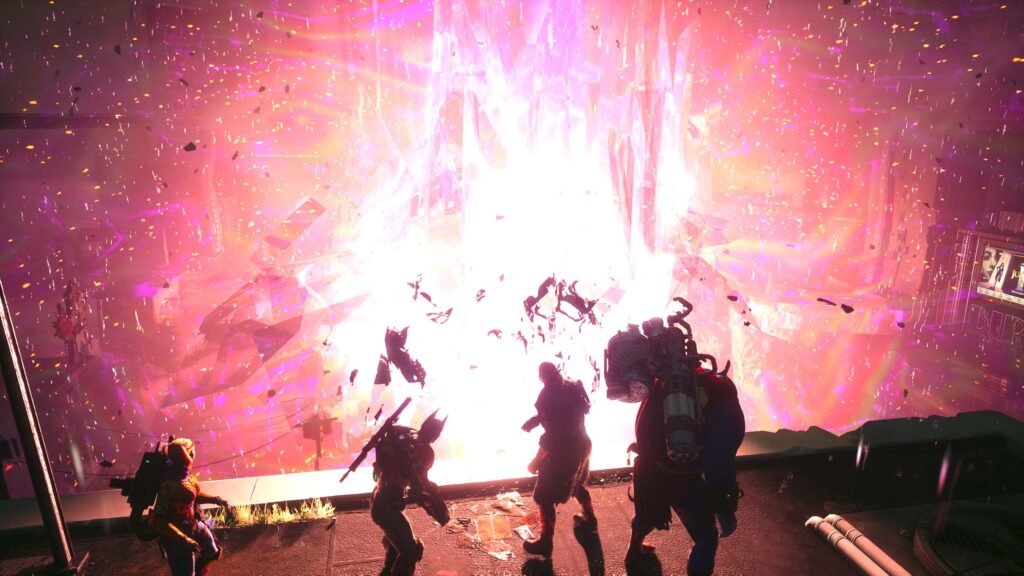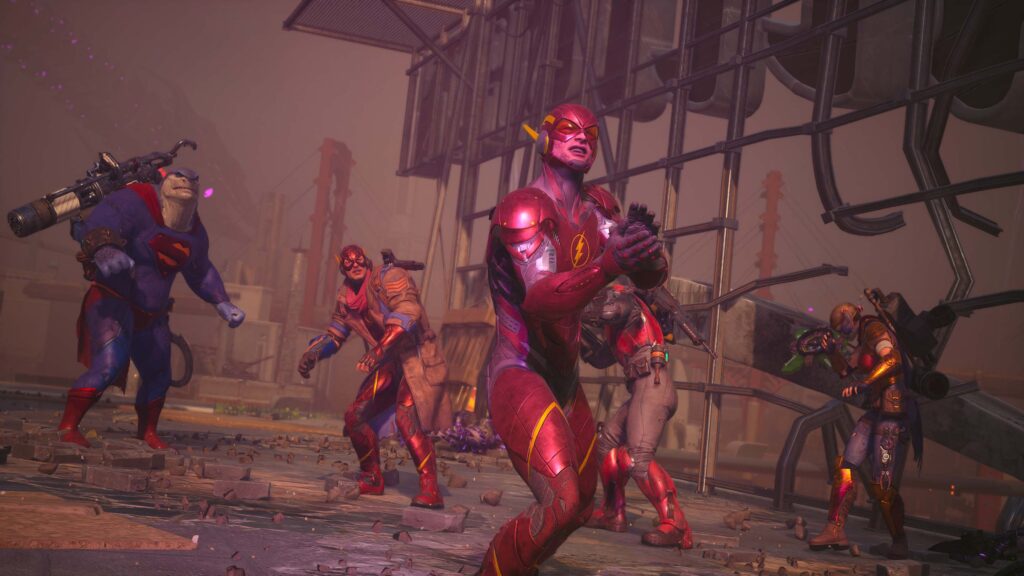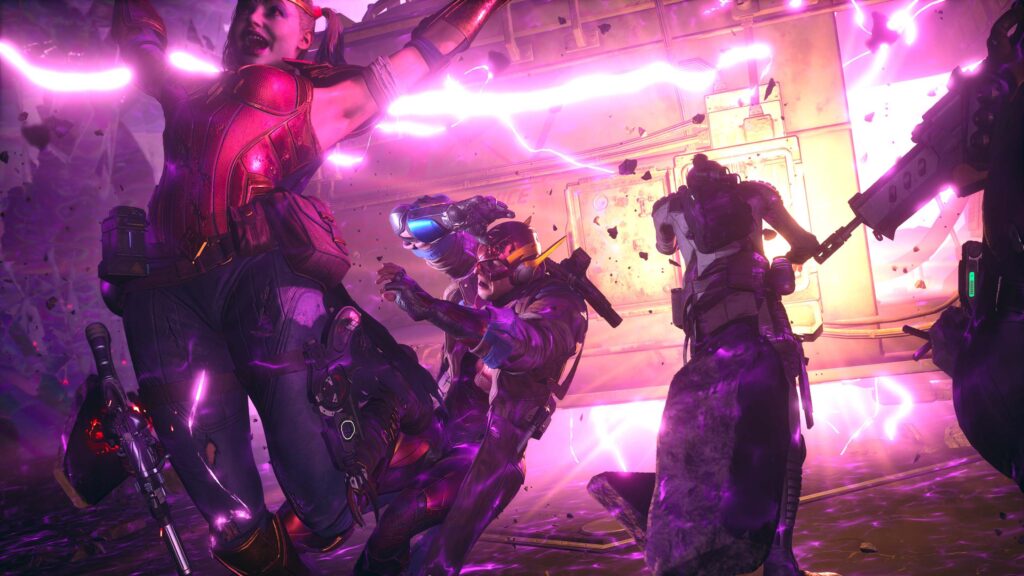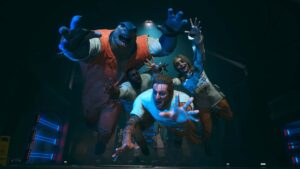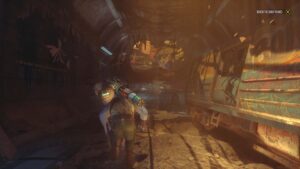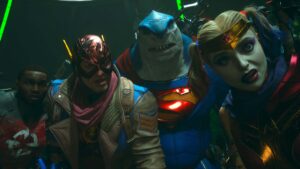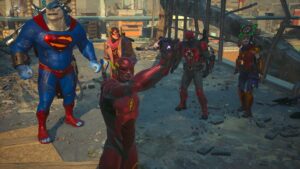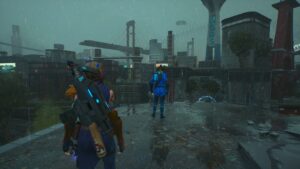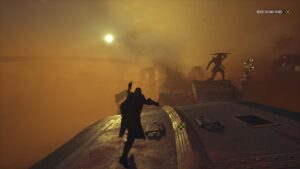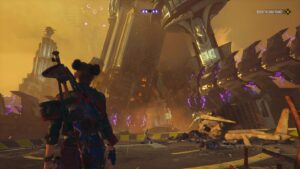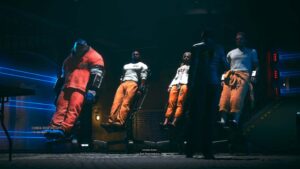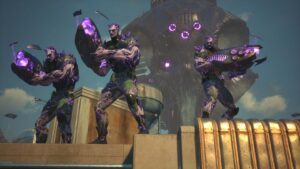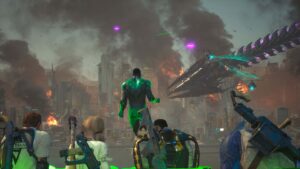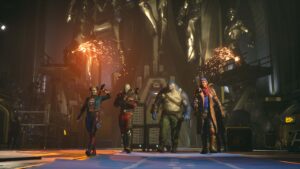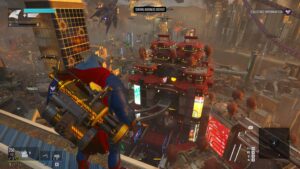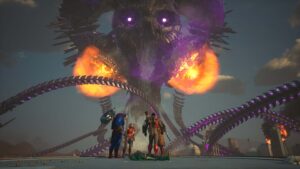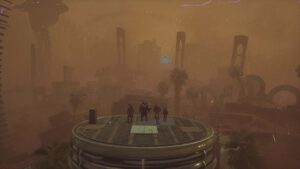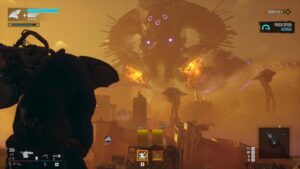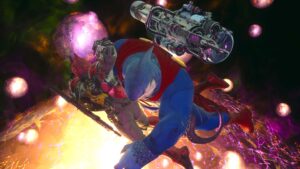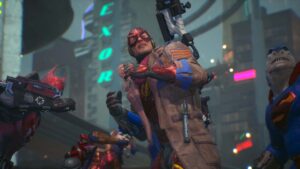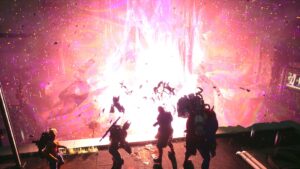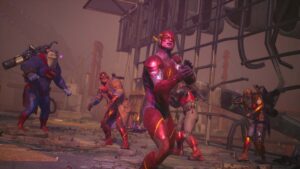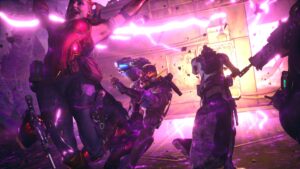Suicide Squad: Kill the Justice League is a generic shooter that can’t live up to the legacy of the Arkham games that preceded it.
Suicide Squad: Kill the Justice League review
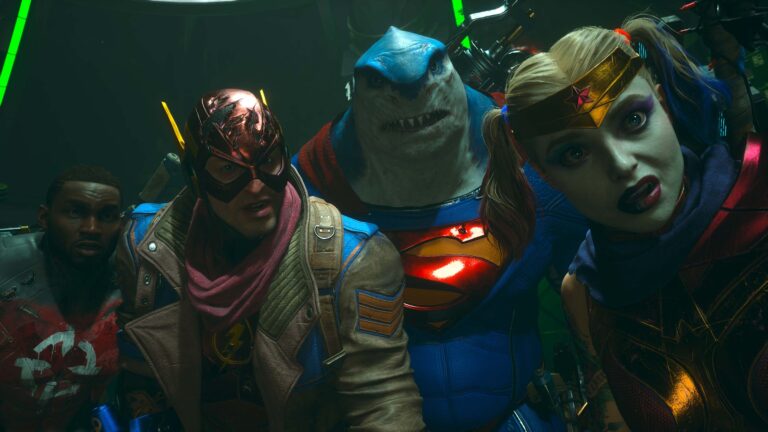
No matter how bad the pre-release gameplay looked, I knew I had to play Suicide Squad: Kill the Justice League. For starters, it’s a Rocksteady game. That’s the developer behind the god-tier Batman: Arkham trilogy. Sure, that beloved series fell off the tracks a wee bit in the final stretch with Batman: Arkham Knight, but that wasn’t some kind of Ewok-level warning of the dip in quality a developer’s next game was going to go through. Surely.
I mean, Arkham Knight came out in 2015, so with nine years of development, Suicide Squad: Kill the Justice League had to be great. Right? Sigh. I honestly would’ve gladly waited months or even years to play Suicide Squad out of morbid curiosity. But then part of the hype for the game was that it was actually a sequel to the Batman: Arkham games. With a final in-game performance from Kevin “I’m Batman” Conroy, the urge to experience it sooner, to avoid any potential spoilers, grew stronger.
But it wasn’t worth the wait. Even if Suicide Squad was great, it might’ve gone down the same way, in flaming disappointment over what could’ve been. In fairness, “disappointment” isn’t the right word because I didn’t expect much from it. Then again, I didn’t expect it to be a Metropolis-set sequel to the Arkham games, but here we are.
It’s not even the story that’s the problem: that’s actually pretty great in parts, carried by the entertaining and endearing Harley Quinn, Boomerang and King Shark. Deadshot is there, too, but he doesn’t have much to work with in his all-too-serious characterisation in a game that already has an Amanda Waller doing that job to a high esteem. Hell, she even has a great gag or two that works with her straitlaced character.
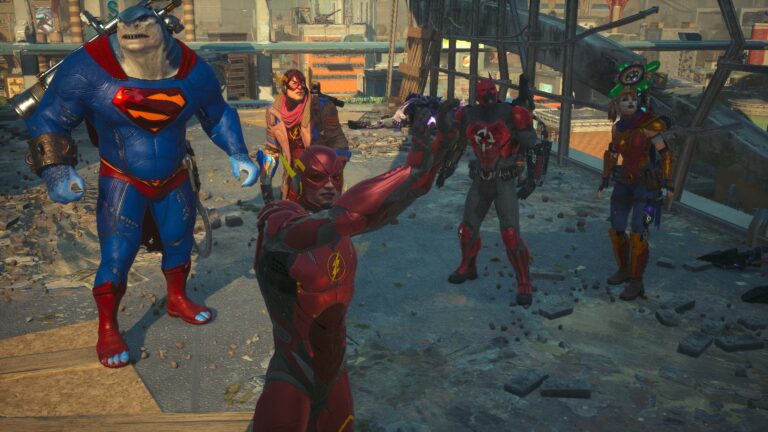
In terms of the basics, Brainiac has invaded Metropolis and the Justice League have pretty much all been folded into the big-bad’s army. That army is mostly compromised of generic grunts, though, none of whom put up too much of a fight in the many, many generic shootouts you’ll have with them. Waller, running out of options, sends in the titular Suicide Squad to see what they can do about the situation.
Assumedly, in an effort to make them feel more distinct, each character has a unique method of traversal. Harley swings. King Shark has a Hulk-like leap. Boomerang awkwardly teleports. And Deadshot has a juiced-down jetpack. King Shark and Deadshot get the better end of the traversal stick. Harley’s is the closest to the Arkham games but her lack of cape or other gliding equivalent hampers the speed and fluidity potential. Boomerang’s teleport move is jarring and particularly painful if you need to quickly switch directions during a boss battle.
Those boss battles are, you guessed it, against different members of the Justice League. I played the campaign predominantly alone, alternating between members of the not-so-awesome foursome between missions. Painfully, that rotation somehow left me with Boomerang during most boss battles.
While Boomerang is the most entertaining character overall, his teleporting feels at ends with the arena-like fluidity for which Rocksteady appears to be gunning. That’s why King Shark and Deadshot fare better, the latter most of all given he automatically hovers when you aim, plus his so-called melee attack defies the definition and keeps him at range.
There are moments of fun to be found during wave after wave of generic shootouts, but that’s when you’re able to properly string together traversal and shooting. While each character starts off with a different type of gun, you can arm them however you like as you unlock more options, limited only by the passive upgrades you might choose for their respective upgrade trees. Admittedly, none of those upgrades felt like they were adding anything overly unique.
Generic shooting is one thing, but overly repetitive mission structures is another. Forget about the heyday of Arkham City constantly tempting you off the beaten path with dozens of genuinely compelling side-mission distractions. Brainiac-invaded Metropolis feels smaller and emptier than Gotham, with side missions feeling more suited to those keen to grind rather than for anything particularly interesting in a narrative or world-building sense.
After an inelegant tutorial opening and a few hours of play, Metropolis never truly feels like it opens up, nor does it have anything worth exploring out of chasing down returning Riddler trophies and challenges. That’s not altogether bad for main-path players, and I do like that Rocksteady hasn’t embraced the seemingly implicit necessary grind that plagues too many live service games.
But by the time I got to the end of the campaign, it was a hollow victory that effectively told me I’d have to keep playing through subsequent seasons of content to get the true ending. While I liked the Suicide Squad story for the most part, I don’t see any way that I’d return to the generic and repetitive gameplay just to get proper closure. Kudos to anyone who does, though; I’ll avidly watch a wrap-up video explaining what I’ve missed out on.
Related Articles





